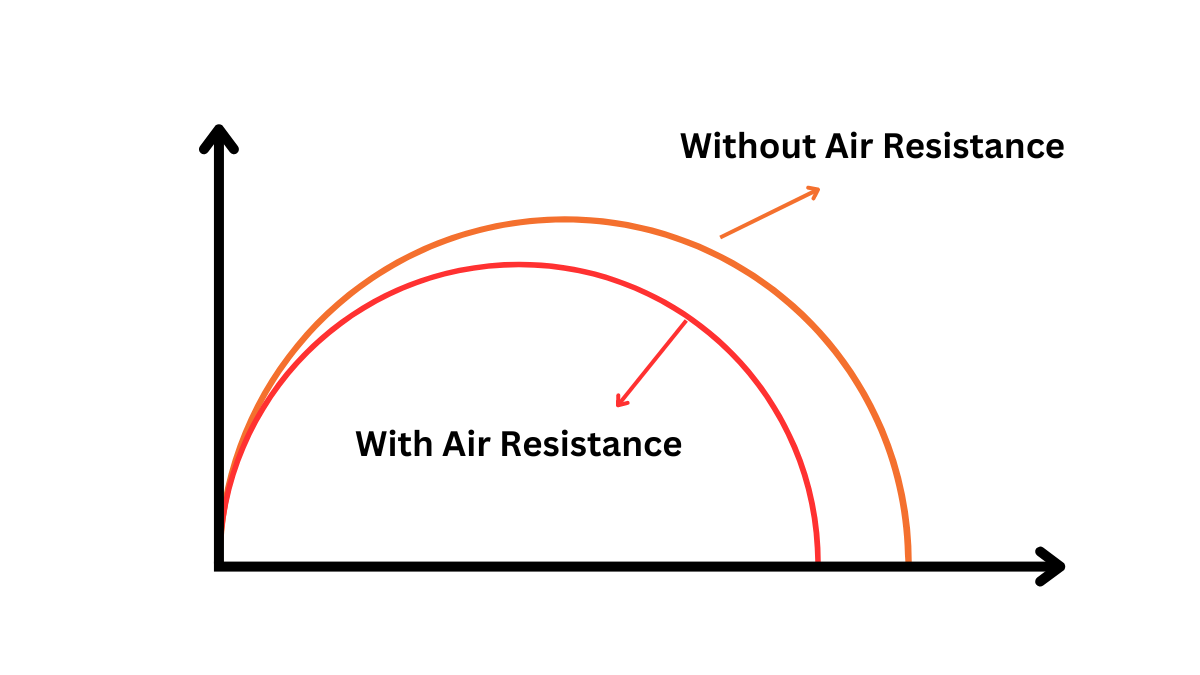Momentum | Impulse and Newton’s Second Law of Motion in Term of Momentum
The momentum is the physical quantity, which determines how easy or difficult it is to stop a moving body. If the body is massive or moving very fast it is difficult to stop it.
Momentum
This quality of the moving body was called the quantity of linear motion of the body. The linear momentum of the body is defined as
The product of mass and velocity of the body. It is denoted by P.
Let “m” be the mass of the body moving with velocity v. Then
P = mv
Since velocity is a vector quantity, so momentum is also a vector quantity.
Unit and dimension of momentum
The SI unit of momentum is (Kg m s-1) or Ns.
F=ma
N=Kgms-2
Ns=Kgms-1
It has a dimension of [MLT-1]
Newton’s Second Law of Motion in Term of Momentum
The rate of change of momentum is equal to the applied force and the change of momentum takes place in the direction of the applied force.
Consider a body of mass “m” moving with velocity v. Let an external force “F” acts on the body for time t. Its velocity becomes v.
Then the acceleration produced in the body is
a= vf-vi/t
F= ma
Using the value of “a”
F=m (vf-vi/t)
Fxt=m (vf-vi)
Fxt= mvf -mvi
Fxt=Pf – Pi
Fxt = ΔΡ
F= ΔΡ/ t
The force applied on the body is equal to the rate of change of momentum”. It proves the second law in terms of linear momentum.
What is Impulse?
When a force acts on a body for a very short time, the product of the force and the time for which the force acts is called the impulse.
Example:
when a bat hits the cricket ball.
Impulsive Force
A large force that acts on a body for a very short interval of time is called an impulsive force.
The exact value of impulsive force cannot be determined because it does not remain constant.
Impulse =I = F x Δt
It is a vector quantity. Its unit is Ns or (Kgms¹).
Impulse is Equal to Change in Momentum
According to Newton’s second law of motion, the force is equal to the rate of change of momentum.
F=Δp/Δt
FxΔt = ΔP
The product (Fx At) is called impulse denoted by I
I= ΔP
Hence the impulse is equal to a change in momentum.
Frequently Asked Questions-FAQs
What is momentum in real life?
The momentum of an object depends on both its mass and velocity. This can be understood with the help of an example. A cricket ball is heavier than a tennis ball. If both are thrown with the same velocity, more force is required to stop the cricket ball.
Why is momentum so important?
Momentum is key in Physics because it determines an object’s speed, mass, and direction. It also explained the force required to stop an object and to keep it in motion. Even a small object can exert a great amount of force if it has enough momentum.
What are the types of momentum?
There are two types of momentum.
Linear Momentum
Angular momentum
What is Impulsive force?
A large force that acts on a body for a very short interval of time is called an impulsive force.
Is momentum a scalar quantity?
No, Momentum is a vector quantity. Momentum is the product of mass and velocity. As the velocity is a vector quantity so the momentum is also a vector quantity.







Leave a Reply